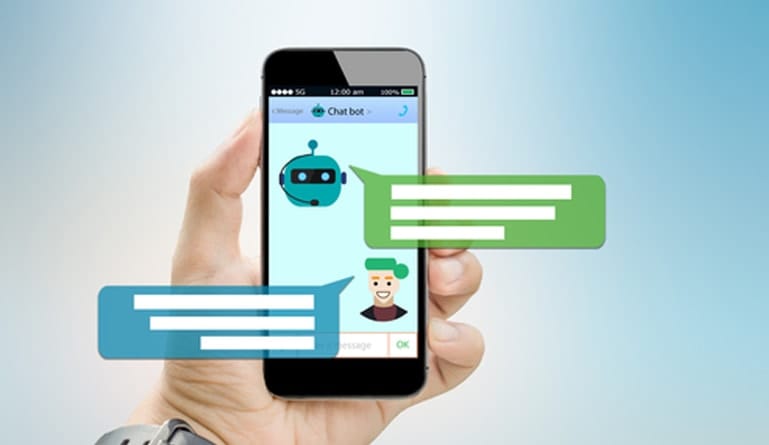These three key elements for chatbot monetization must be considered when aiming to increase profit and improve the experience of demanding customers.
For consumers, new technology means convenience. This comes in the form of quick customer service, an easy customer experience, and getting all or most inquiries answered immediately.
Chatbot monetization strategies start with treating each bot as if it were a landing page.
For instance, when an online user discovers a link describing content about a product or service that is of interest, the potential buyer expects that link to take him or her to a page describing the product or service. Your content marketing becomes monetization marketing. At this stage of the pre-buying cycle, chances of a purchase increase. If the landing page is broken or goes to an incorrect page, chances are – the potential buyer will seek another company or competitor.
3 Chatbot Monetization Strategies
The chatbot monetization strategies can be used by every technology officer to boost convenience and even revenue:
#1 Understanding Consumer Behavior
The landing page scenario is a reminder of the power that chatbot technology has when business leaders strategizing their monetization model. Once the user reaches that landing page, the chatbot should be clearly placed on the website, stating exactly what is offered. Murray Newlands, Business Advisors, Online Marketing Professional and Contributing Writer for Entrepreneur.com, explains that “A user will generate income for you only if you are offering something of tangible value.”
Newlands further explains that chatbot monetization is about understanding and utilizing user psychology or consumer behavior to your advantage by delivering on the promise BEFORE a potential customer clicked on the chat. For example, if a user has an interest in booking a hotel stay, the user will only book the room once there is appealing information, such as a discount code.
When CIOs and CTOs understand user behavior, they can utilize data to make better-informed decisions when collaborating with the marketing team within their organization. Last year, Oracle announced in a press release, its agreement to embed CHATBOX® Instant Apps in Oracle Mobile Cloud, allowing for a more-contextual user experience. The company said with the addition of this technology, it will enable chatbots to switch seamlessly between unstructured conversation and personalized, structured data exchange.
Research shows that customers want quick, convenient and personalized customer service, and most times they are willing to pay more. According to Camilla Stice, a Lux Research Analyst, “Consumers pay increasingly higher price premiums for the convenience of having to do less.” A pleasant user experience that’s fast can increase chances of a repeat buyer. Chatbot technology can collect relevant, accurate, and useful information, eliminating the need for other forms of communication such as emails, filling out online forms, or phone calls.
#2 Value-Adds
While value-adds will not generate profits directly, it is a prominent feature within chatbots which are used for lead generation and research, that will improve targeting, customer service, and productivity. Other chatbot features create high opportunities for brands to reach customers because there is a global presence, high retention rates, and the great chance of appealing to a younger demographic. According to a Business Insider Intelligence report, brands can monetize their chatbots by customizing their existing Bots-as-a-Service (BaaS) models.
Slack monetization can be a win-win. The cloud-based team collaboration tool has 8 million daily users, including use by 500,000 organization – with more than half being Fortune 100 companies.
According to GeekWire, Slack announced in May 2018 that their developers have built numerous apps and integrations that complement the software. SaaS enterprise giants like Workday and Salesforce, have built integrations for Slack, with more than 200,000 developers creating apps for the platform.
#3 Chatbot and Facebook Messenger
Facebook statistics show that they have about 1.45 billion active daily users. Sean Kelly, Facebook’s Product Management Director – Messenger, reported at the end of 2017 that Messenger had 1.3 billion connections, averaging 7 billion conversations and 17 billion real-time video chats. According to Mobile Marketer, 25 percent of customer service and support operations will integrate chatbot technology by 2020. This type of monetization marketing will not only create a personalized user experience but a convenient tool on a social media platform that many of your customers and potential customers currently use.
Having an amazing product for Chatbot Monetization is the key, but developing an amazing user experience is equally important when it comes to increasing sales with current and potential customers.





